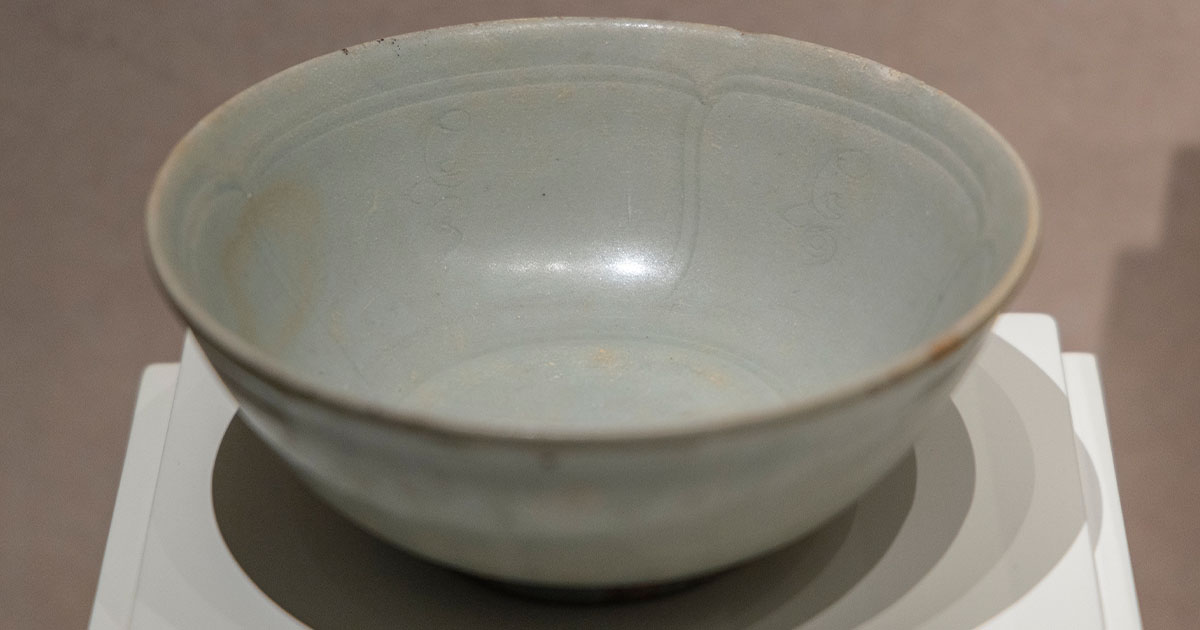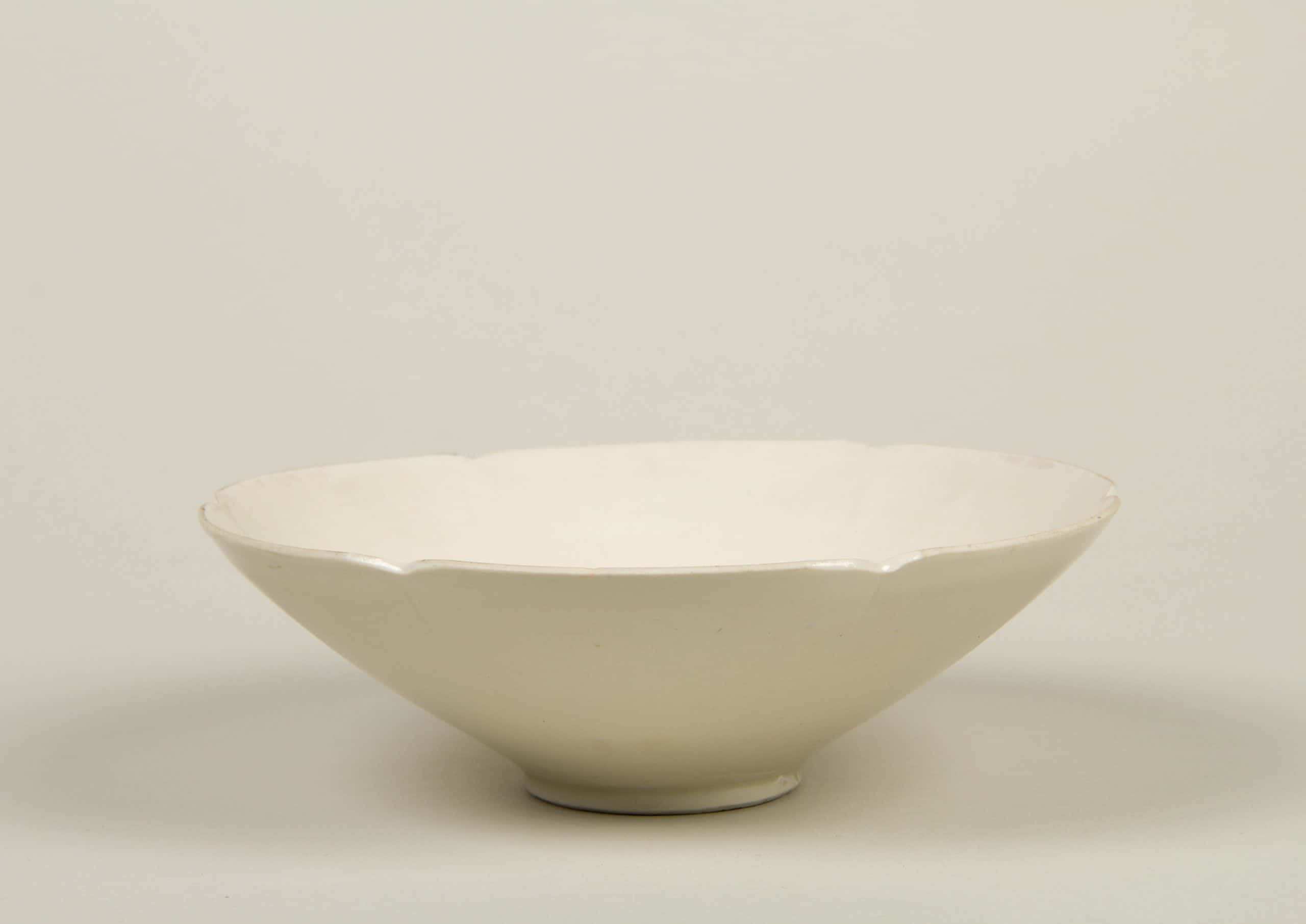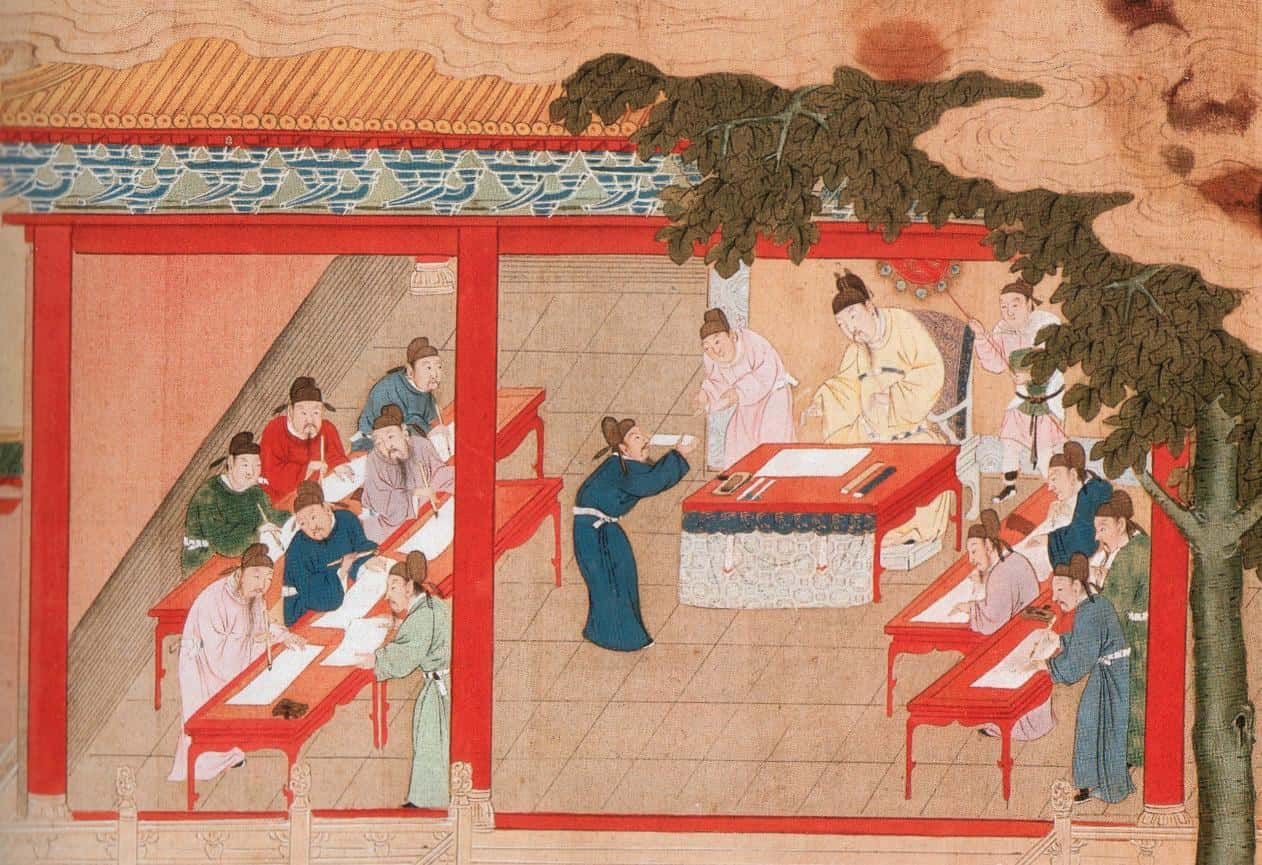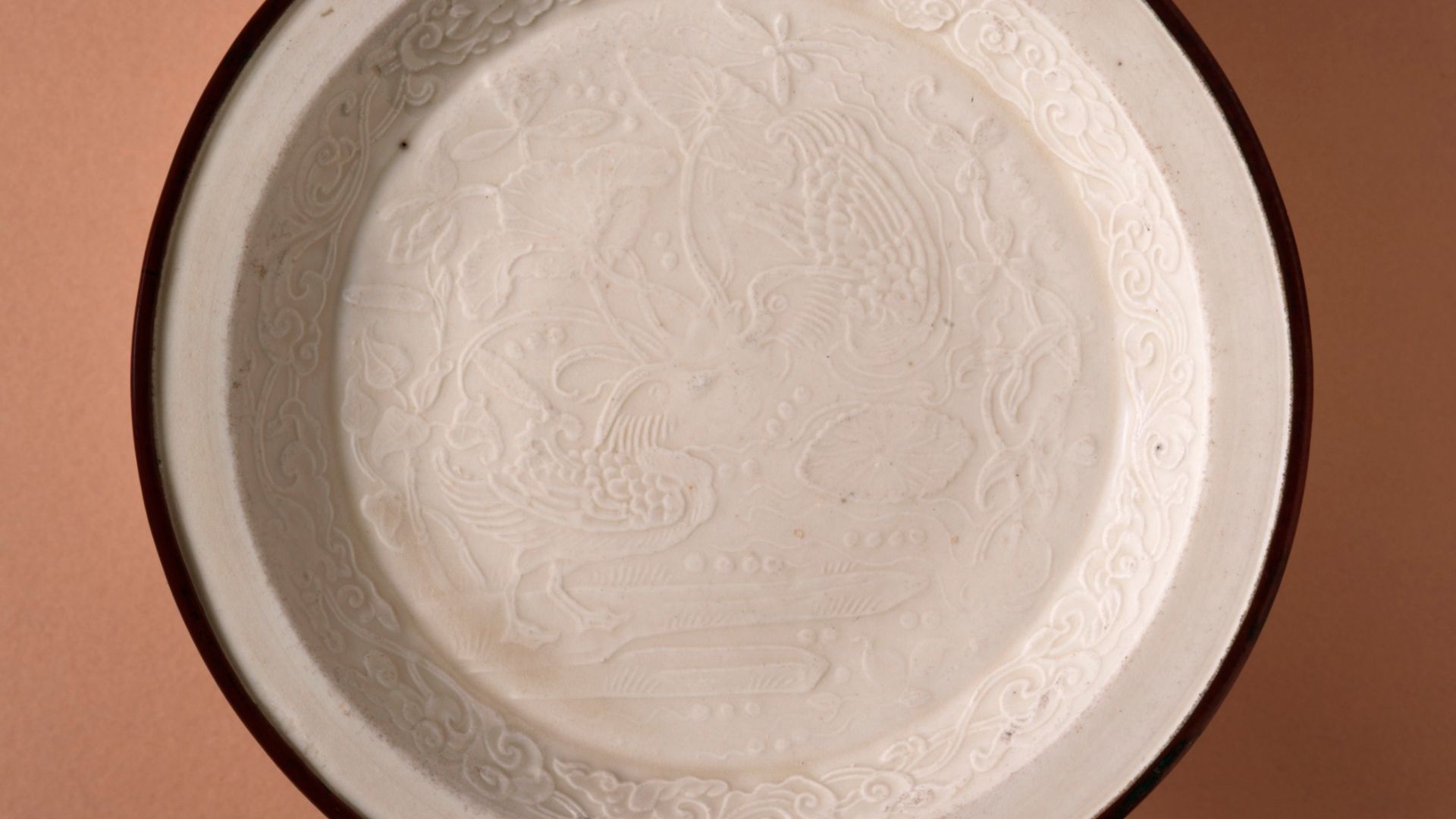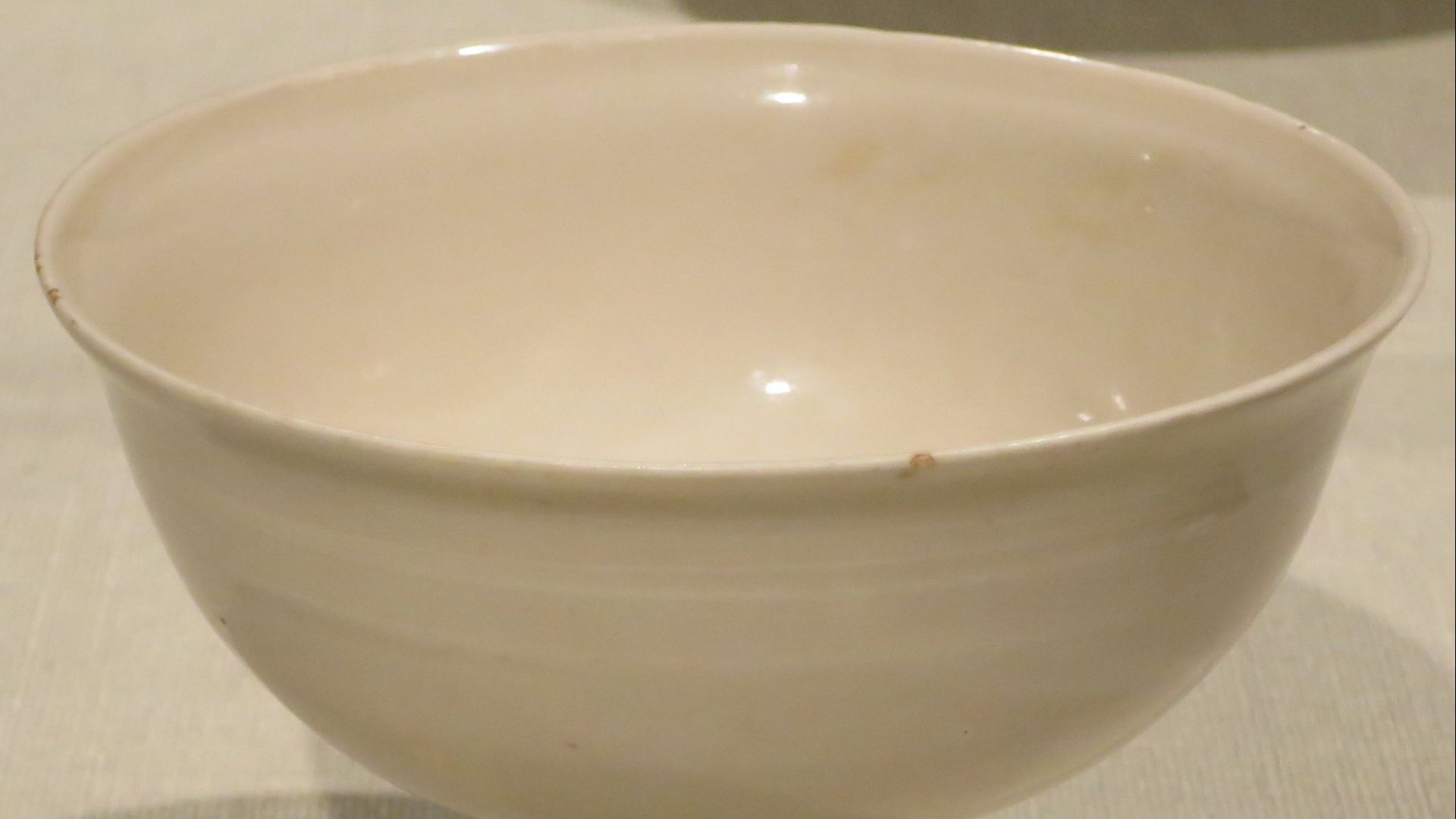How A New York Family Turned $3 into $2.2 Million
It started out like any other Saturday morning. A family in New York stopped by a neighborhood yard sale, casually browsing tables of secondhand books, old knickknacks, and forgotten household items. Nothing unusual — until they spotted a small, pale bowl sitting quietly among the clutter, priced at just $3.
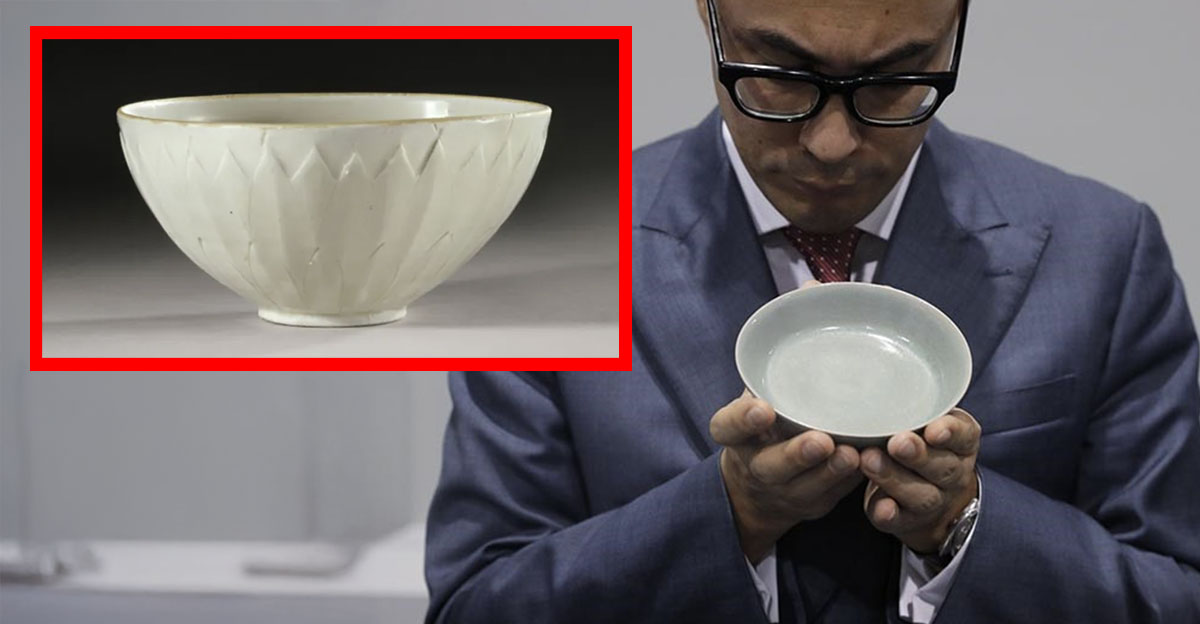
A Modest Find
They weren’t collectors or experts — just people who appreciated nice things. The bowl’s creamy glaze and simple, elegant shape stood out. It looked handmade, maybe even old. For three dollars, it was an easy choice. They bought it, packed it carefully, and drove home without a second thought.
Something About It Felt Different
For about a year, the bowl sat on a shelf in their living room. But every now and then, they’d catch themselves staring at it. The glaze had a depth and softness that modern pottery just didn’t have. It didn’t look mass-produced, it looked… ancient.
A Spark of Curiosity
Eventually, curiosity won. The family decided to ask for an expert opinion. They contacted Sotheby’s in New York, not expecting much. But as soon as Sotheby’s specialists saw the bowl, they knew it was something far more important.
 ajay_suresh, Wikimedia Commons
ajay_suresh, Wikimedia Commons
The Shocking Appraisal
Experts carefully examined the piece and confirmed what seemed impossible: the humble $3 yard sale bowl was a rare artifact from China’s Northern Song Dynasty, dating back nearly 1,000 years.
A Glimpse Into Ancient China
The Song Dynasty, which lasted from 960 to 1279 AD, is often described as one of China’s greatest artistic eras. Its artists and craftsmen valued simplicity, harmony, and natural beauty — and it showed in everything they made, especially in their ceramics.
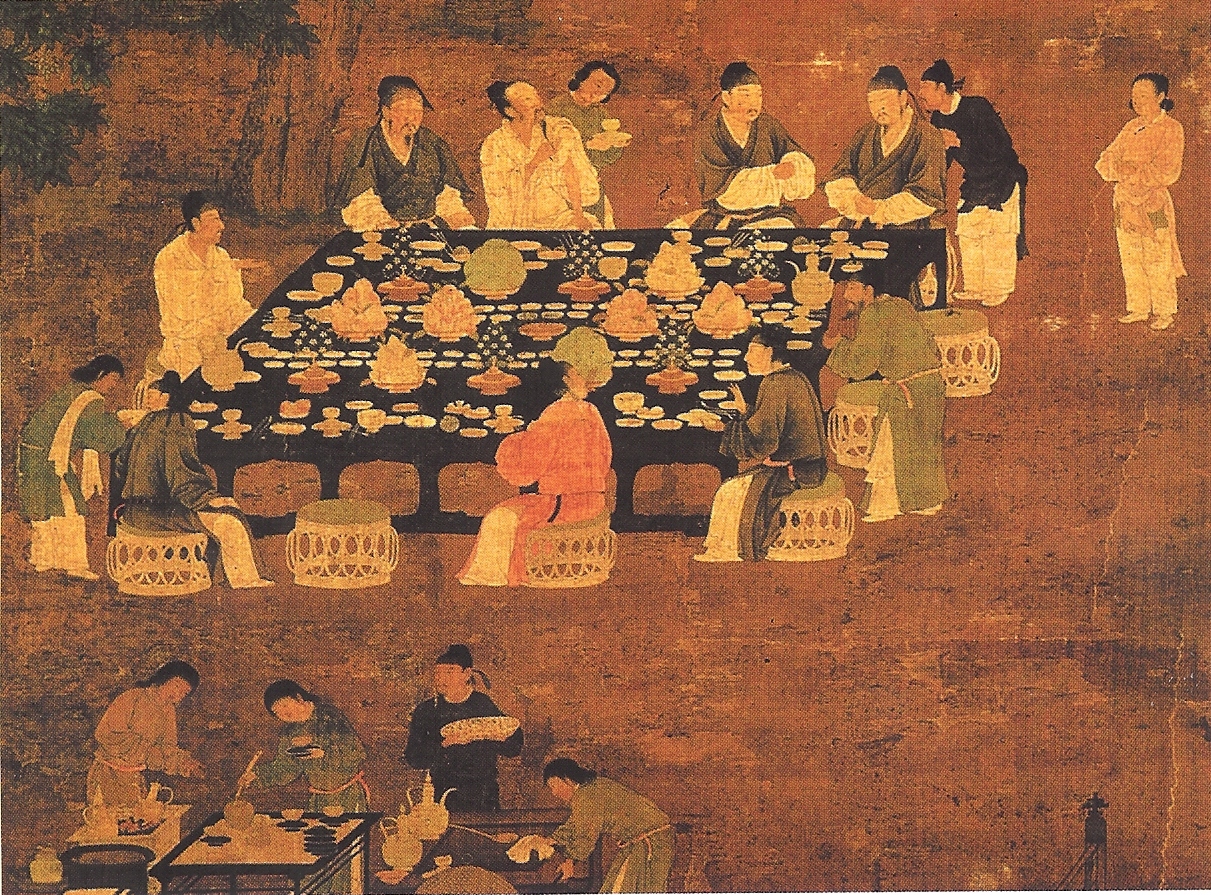 Emperor Huizong of Song, Wikimedia Commons
Emperor Huizong of Song, Wikimedia Commons
An Extremely Rare Ding Ware Bowl
The Sotheby’s team identified the find as Ding ware, one of the finest and most sought-after ceramic types of the era. Only a handful of similar bowls are known to exist, and most of them are held in Chinese museums. This one was the first to appear on the open market in years.
How Did It End Up at a Yard Sale?
That’s the million-dollar question — or in this case, the $2.2 million question. No one knows exactly how such a priceless object ended up on a suburban lawn. It may have passed through generations, its significance slowly forgotten, until it was boxed up with other household goods.
A Piece of History Hidden in Plain Sight
When Sotheby’s announced the bowl would go up for auction, the art world lit up with excitement. The initial estimate — between $200,000 and $300,000 — already sounded unbelievable to the family who bought it for pocket change.
 Jim.henderson, Wikimedia Commons
Jim.henderson, Wikimedia Commons
The Auction Day Buzz
On the day of the sale, the Sotheby’s auction room was electric. Collectors and dealers from around the world tuned in, knowing that early Song Dynasty ceramics rarely surfaced outside museums. The quiet little bowl was suddenly the star of the show.
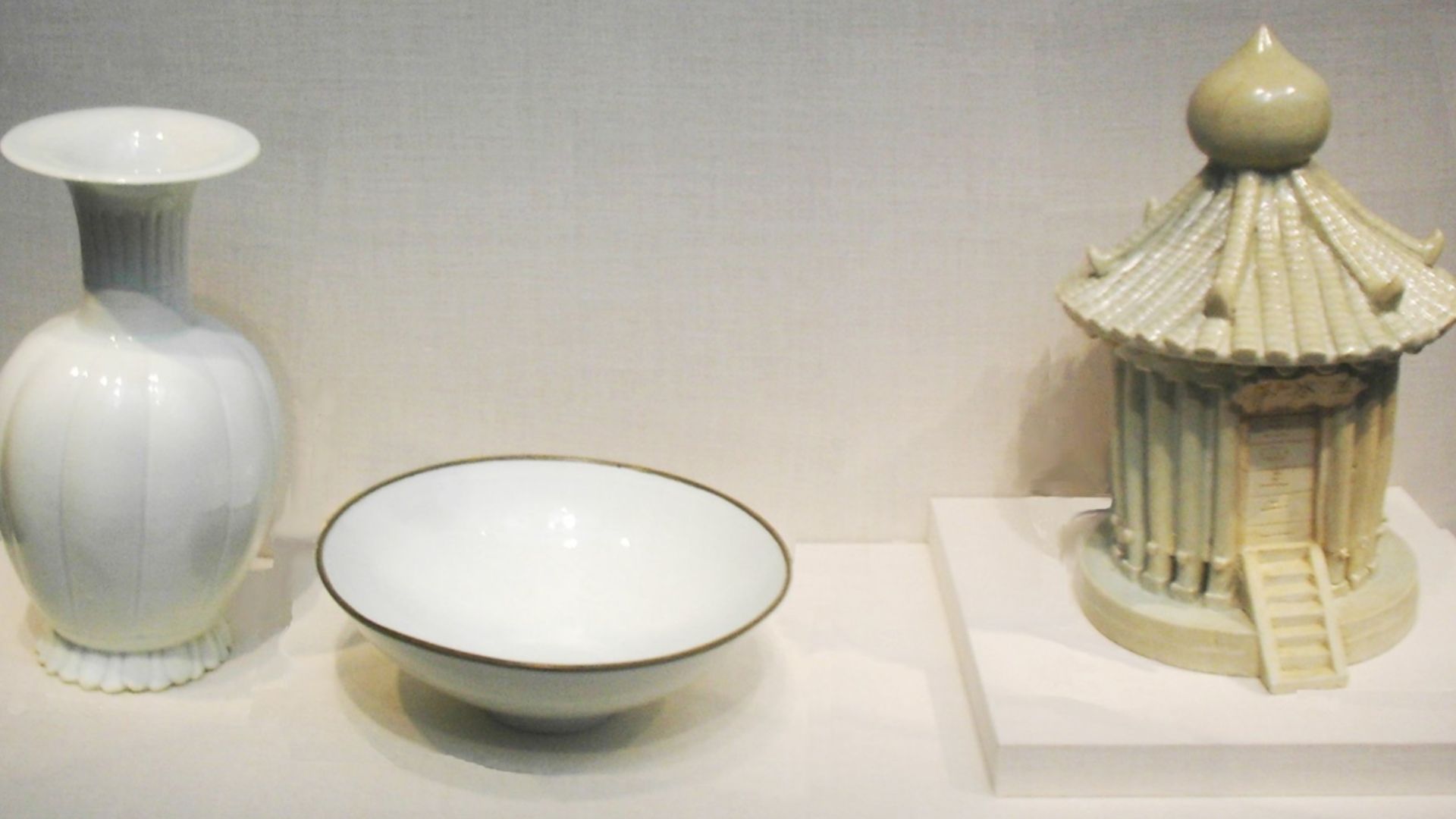 PericlesofAthens at English Wikipedia, Wikimedia Commons
PericlesofAthens at English Wikipedia, Wikimedia Commons
The Bidding Begins
Bids started quickly, climbing past $200,000 within seconds. Then $400,000. Then $800,000. The tension in the room was palpable. Everyone knew they were watching a once-in-a-generation discovery.
 Financial Times, Wikimedia Commons
Financial Times, Wikimedia Commons
The Final Hammer Falls
By the time the dust settled, the bowl had sold for $2.225 million — almost ten times the original estimate. The winning bidder was renowned London art dealer Giuseppe Eskenazi, a name known across the world of Asian antiquities.
 Ravenelartgroup, Wikimedia Commons
Ravenelartgroup, Wikimedia Commons
From Yard Sale to Sotheby’s Spotlight
In less than a year, the family’s $3 trinket had gone from a neighborhood lawn to the auction block at Sotheby’s, setting a new benchmark for Chinese ceramics discovered in private hands.
 Sothebys117, Wikimedia Commons
Sothebys117, Wikimedia Commons
The Bowl’s Stunning Condition
What made the find even more extraordinary was how well the bowl had survived. The glaze — a pale, milky white with a soft bluish hue — was pristine. Experts called it a perfect example of early Chinese artistry: simple, balanced, and quietly powerful.
 Ismoon (talk) 15:46, 17 November 2018 (UTC), Wikimedia Commons
Ismoon (talk) 15:46, 17 November 2018 (UTC), Wikimedia Commons
The Magic of Ding Ware
Collectors prize Ding ware for its understated elegance. Unlike brightly painted ceramics that came later, these Song-era bowls embody restraint. Their beauty lies in texture, proportion, and the way light dances across the surface — qualities that can only be achieved through centuries-old craftsmanship.
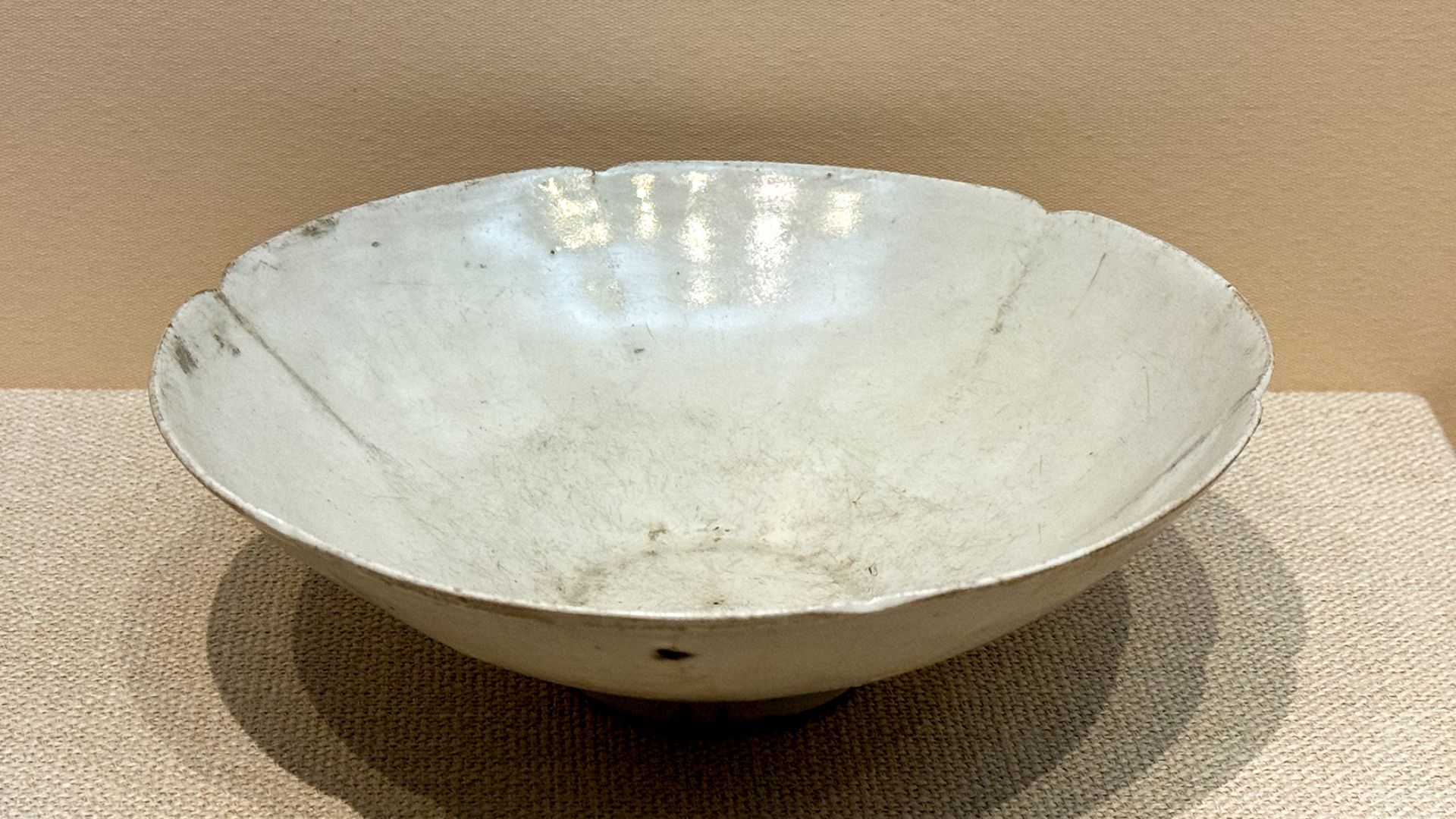 Windmemories, Wikimedia Commons
Windmemories, Wikimedia Commons
Why the Song Dynasty Still Captivates
The Song period produced some of the most refined art in human history. Its ceramics, paintings, and calligraphy reflected a society deeply connected to nature and philosophy. To hold a Song Dynasty bowl is to hold a thousand years of history in your hands.
The Mystery Lives On
Even after the sale, one question remains: how did such a treasure go unnoticed for so long? Was it tucked away in an attic, or passed down by relatives who had no idea what it was? The answer may never be known — and that’s part of what makes the story so captivating.
The World Takes Notice
When the Associated Press and Forbes reported on the sale, the story went viral. People couldn’t get over the idea that a $3 bowl could be worth millions. It became one of those “can you believe it?” moments that spread across dinner tables and news feeds worldwide.
From the Past to the Present
It’s poetic, really — a bowl created in 11th-century China, forgotten for centuries, rediscovered in modern America, and finally returned to the world stage where it belongs. It’s as if history found a way to remind us that beauty never truly disappears.
A Story That Will Never Get Old
The tale of the $3 Song Dynasty bowl is one that art lovers, historians, and thrifters will tell for decades. It’s proof that history has a funny way of hiding in the most ordinary places — and that sometimes, all it takes to find it is a second look.
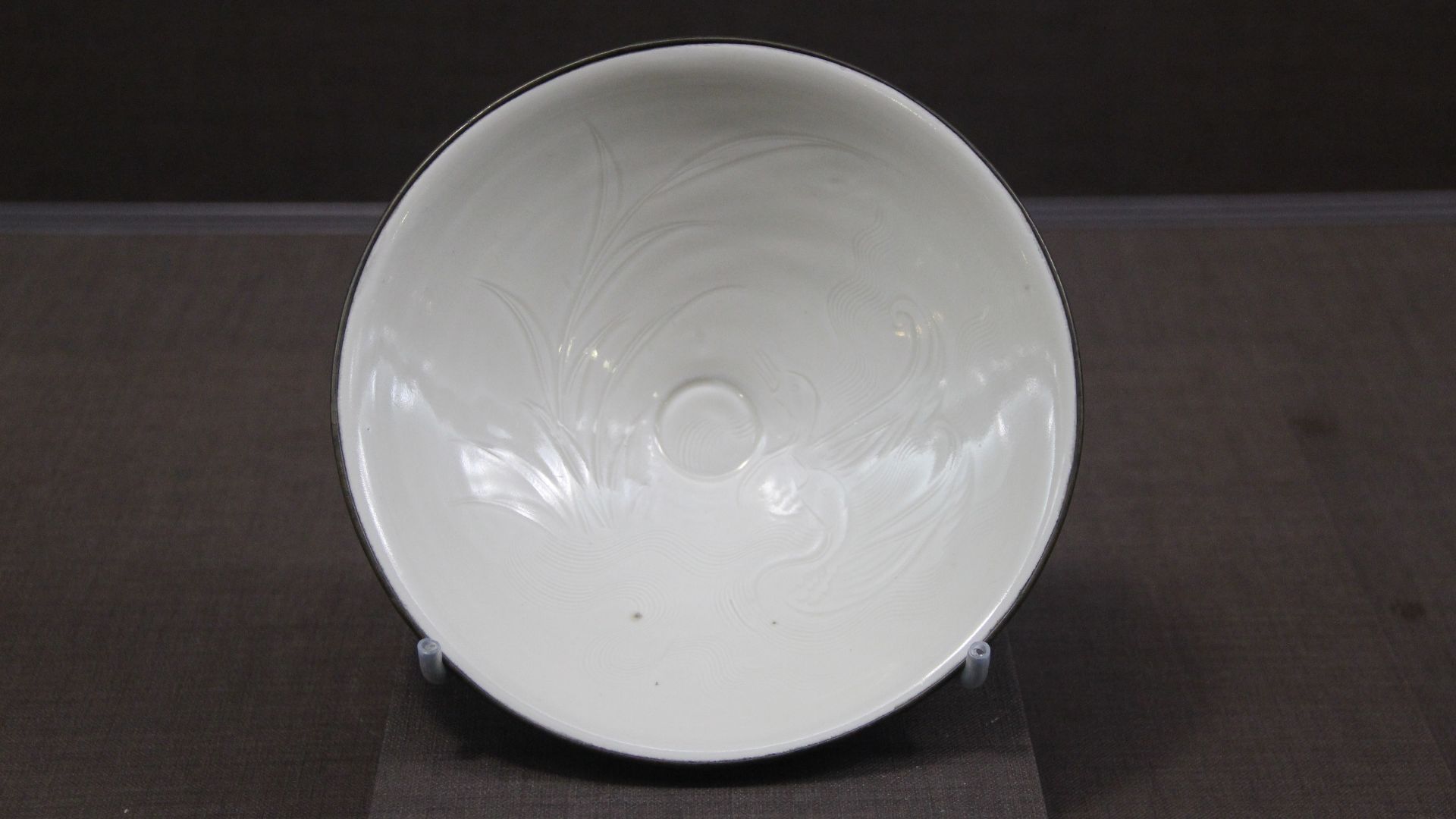 Gary Todd from Xinzheng, China, Wikimedia Commons
Gary Todd from Xinzheng, China, Wikimedia Commons
You May Also Like:
Virginia Woman’s $3.99 Goodwill Vase Sells For $107K
Ohio Woman’s $2.99 Goodwill Painting Turns Out to Be a Hidden Masterpiece Worth Nearly $3,000
Old Collector Plates That Are Serving Up Serious Cash

